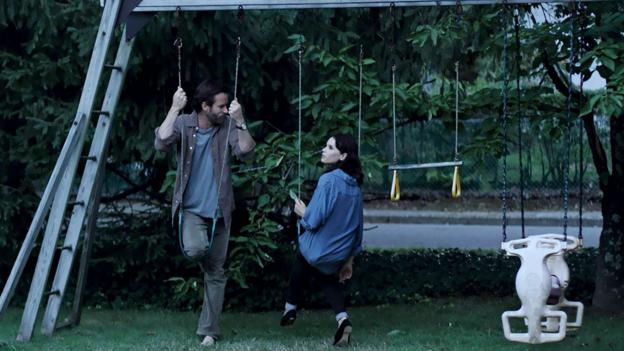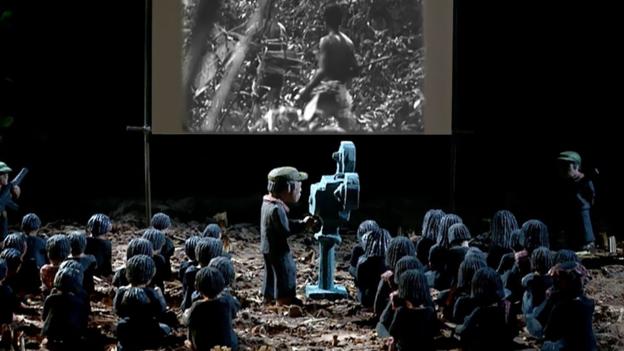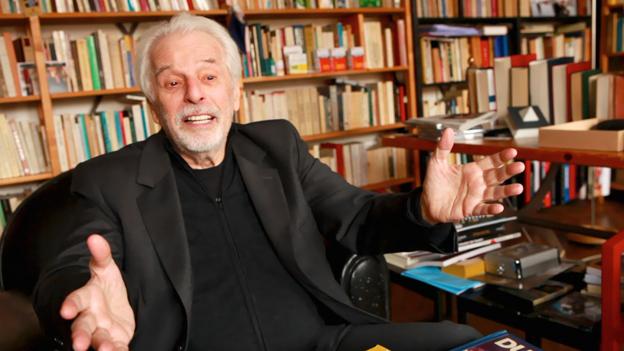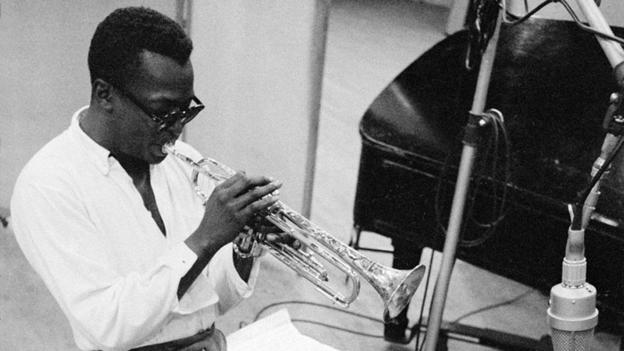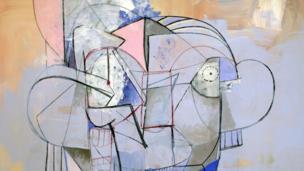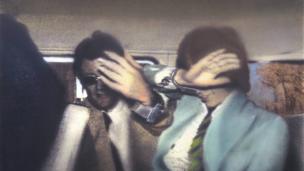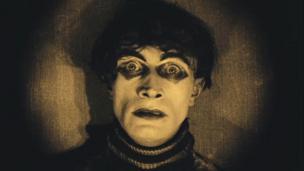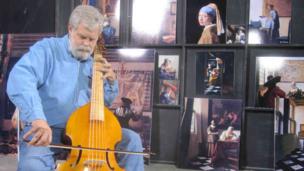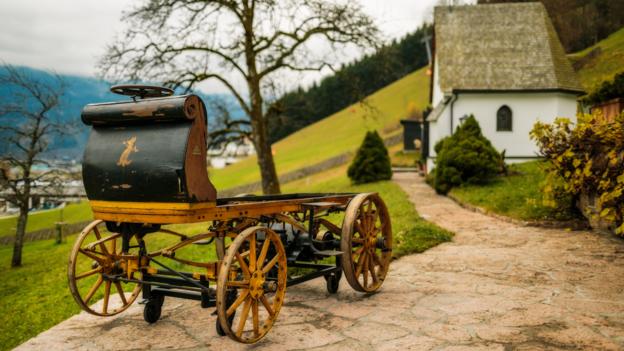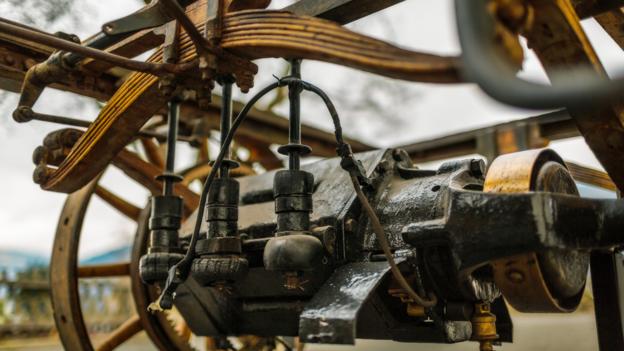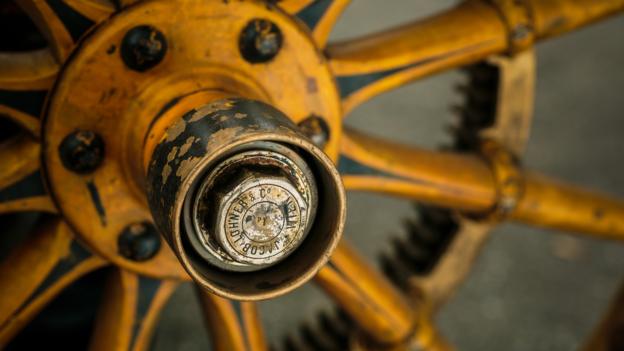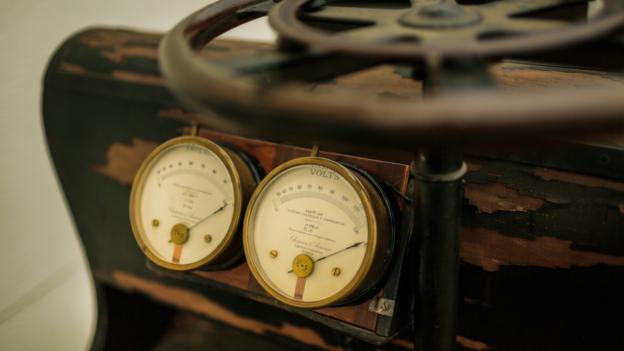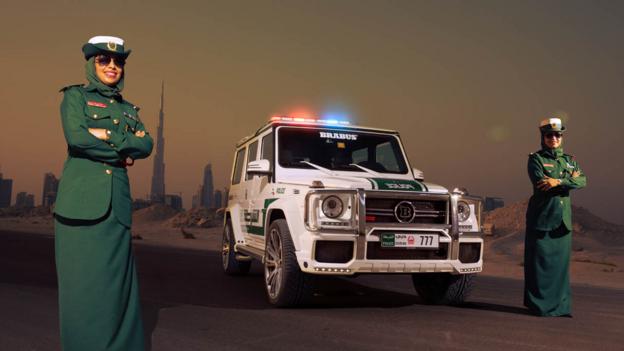
The armed men arrived at the airport in the early hours of the morning
Armed
men in military uniforms are patrolling the main airport in Ukraine's
Crimea region, amid tensions between Russia and Ukraine.
It follows the ousting of Ukrainian President Viktor Yanokovych, who is now in Russia.It is not immediately clear who the men in the airport are, nor the reason for their presence at the airport.
On Thursday, pro-Russian armed men stormed the parliament in Crimea, Ukraine's only Russian-majority region.
Tensions have heightened in the autonomous region since the ousting of President Viktor Yanukovych last week.
The men, said to be armed with assault rifles, are going in and out of the control tower at the airport, Reuters reports.
'Normal operations'
 It was unclear who the men were - they arrived at the airport in the early hours
It was unclear who the men were - they arrived at the airport in the early hours
 The airport was said to be operating normally
The airport was said to be operating normally
The airport is said to be operating as normal.
A man called Vladimir told Reuters he was a volunteer helping the group, though he said he did not know where they came from.
"I'm with the People's Militia of Crimea. We're simple people, volunteers," he said.
"We're here at the airport to maintain order. We'll meet the planes with a nice smile - the airport is working as normal."
On Thursday, a separate group of unidentified armed men entered Crimea's parliament building by force, and hoisted a Russian flag on the roof.
The Crimean parliament later announced it would hold a referendum on expanding the region's autonomy on 25 May.
Recent developments in the Crimea region - which traditionally leans towards Moscow - heightened tensions with Russia, which scrambled fighter jets to monitor its borders on Thursday.
US Secretary of State John Kerry called on all sides to "step back and avoid any kind of provocations" on Thursday.
The US has sought assurances from Russia after President Vladimir Putin ordered snap military drills to test the combat readiness of troops in central and western Russia, near the border with Ukraine earlier in the week.
Mr Kerry said he had spoken to his Russian counterpart, Sergei Lavrov, who vowed to respect Ukraine's "territorial integrity".
Crimea - where ethnic Russians are in a majority - was transferred from Russia to Ukraine in 1954.
Ethnic Ukrainians loyal to Kiev and Muslim Tatars - whose animus towards Russia stretches back to Stalin's deportations during World War Two - have formed an alliance to oppose any move back towards Moscow.
Russia, along with the US, UK and France, pledged to uphold the territorial integrity of Ukraine in a memorandum signed in 1994.




